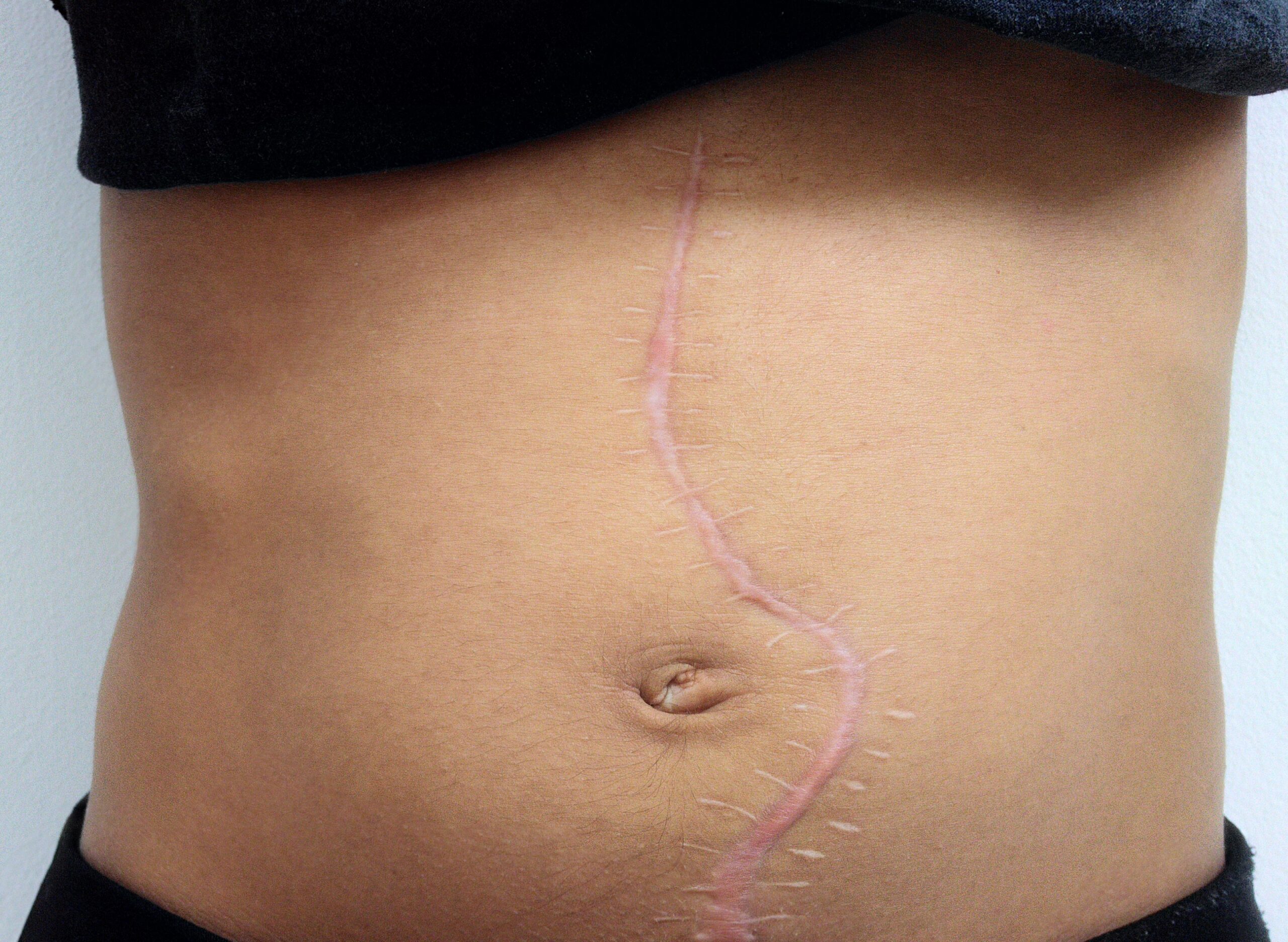What is Exploratory Laparotomy?
Exploratory laparotomy is a surgical procedure in which a surgeon makes an incision in the abdomen to examine the abdominal organs and structures. It is often performed when the cause of abdominal pain or disease is not known and cannot be diagnosed through imaging tests or non-invasive procedures. This technique allows direct visualization and, if necessary, treatment of internal organs, including the stomach, liver, intestines, kidneys, pancreas, spleen, and reproductive organs.
It is both a diagnostic and therapeutic procedure—used to detect and often correct internal abnormalities such as bleeding, tumors, infections, or trauma-related damage.

Symptoms or Conditions Requiring Exploratory Laparotomy
Doctors may recommend exploratory laparotomy when a patient presents with:
- Severe and unexplained abdominal pain
- Abdominal trauma (e.g., from an accident or injury)
- Suspected internal bleeding
- Infections not responding to treatment
- Suspected tumors or cancer
- Bowel obstruction
- Ruptured abdominal organ (e.g., appendix, ectopic pregnancy)
- Abnormal findings on CT scan or ultrasound
Procedure and Treatment Steps
Pre-operative Evaluation
The patient undergoes blood tests, imaging, and physical exams. Informed consent is obtained, and anesthesia is planned.Anesthesia Administration
General anesthesia is given to ensure the patient is completely unconscious and pain-free.Surgical Incision
A midline incision is made on the abdominal wall to provide access to internal organs. The surgeon inspects and evaluates all organs.Diagnosis and Treatment
If abnormalities are found—such as a ruptured organ, cancerous growth, or internal bleeding—they may be treated immediately during the procedure.Closure
After examination and/or treatment, the incision is closed using sutures or staples.Postoperative Care
The patient is monitored in recovery for signs of infection, bleeding, or complications. Hospital stay can vary from a few days to weeks depending on the findings.
Prevention
Benefits of Exploratory Laparotomy
- Provides direct access to abdominal organs
- Helps in diagnosing unclear or complicated abdominal conditions
- Can offer immediate treatment during the same procedure
- Critical in life-threatening emergencies such as internal bleeding or trauma
- Offers the ability to take biopsies of abnormal tissues
- Helps in cancer staging and planning further treatment
Types of Exploratory Laparotomy
Elective Exploratory Laparotomy
Planned ahead of time for diagnostic evaluation (e.g., staging of cancer).Emergency Exploratory Laparotomy
Performed immediately in trauma or acute medical conditions (e.g., ruptured appendix or internal bleeding).Open Laparotomy
Traditional method involving a large incision for wide access to organs.Diagnostic vs. Therapeutic Laparotomy
Diagnostic: Performed only to examine and determine the cause of symptoms.
Therapeutic: Includes corrective treatment during the procedure.
